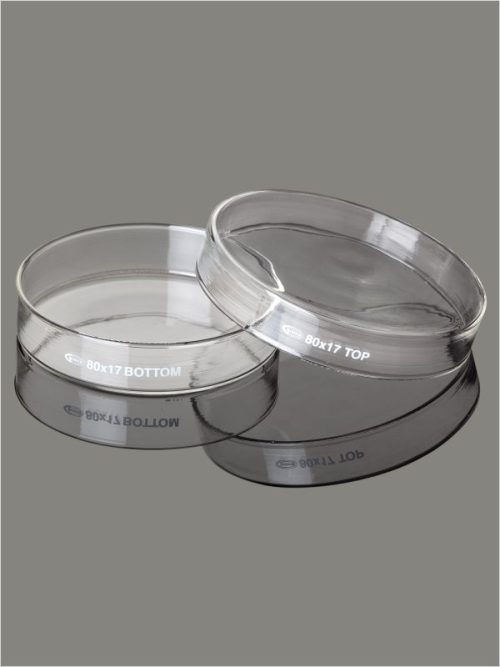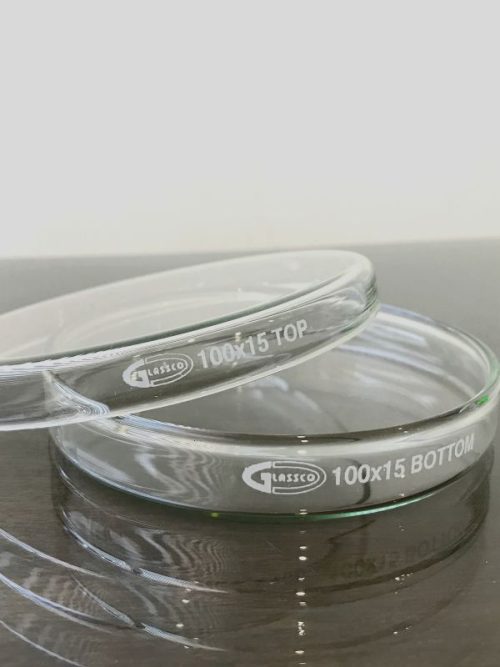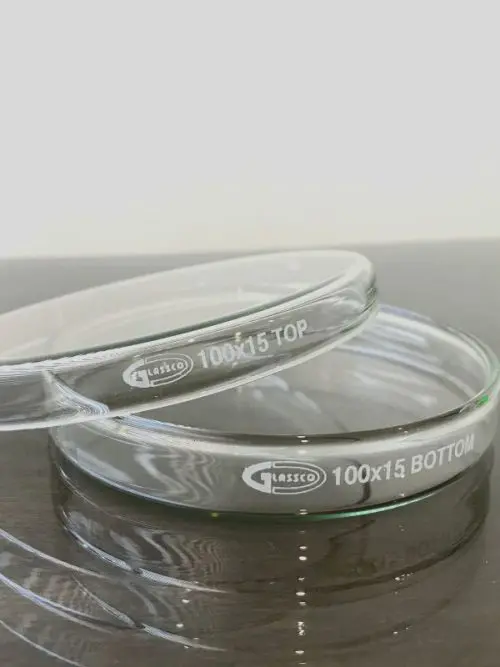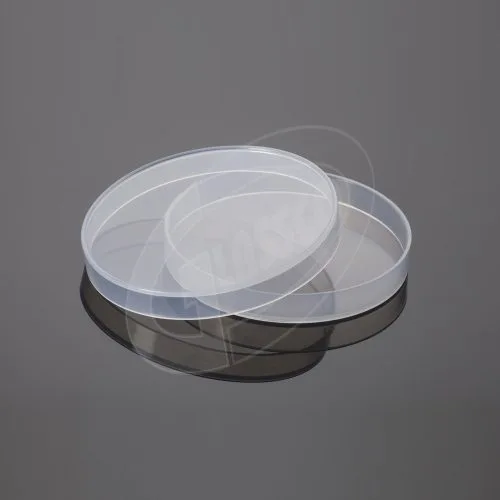Petri Dishes
Petri Dishes
Introduction
A Petri Dish, also known as the Cell Culture Dish, is a shallow cylindrical-shaped round glass used to create a colony of microorganisms and cells. Julius Petri invented the first Petri Dish in 1887 when he realized the need to keep specimens of growing bacteria sterilized.
Petri dishes or petri plates are ideal for use in routine work. They are used as laboratory equipment in the field of biology. It makes scientists easy to learn more about cell structure and its colonies. These petri plates are essential in observing seed germination at school and college labs. Petri dish comes with a lid to prevent the process from dirt and atmospheric reactions. They are reused by repeated sterilizing. Petri dishes, also known as Peachery Petri Dishes, are very economical and available in different sizes.
Major Challenges Faced
Before the invention of Petri Dishes, the cultures were grown in test tubes, old liquor bottles, and glass jars, which were prone to the atmosphere. Covering them with a lid protects the cultures, but they still get contaminated. Moreover, lifting the top to check inside the jar often led to condensation and atmospheric sediments to enter in. Hence, it could not develop the colonies of microorganisms.
Types of Petri Dishes
Glassco offers three variants of Petri Dishes :
- Boro 3.3 Glass Petri Dish - These Petri dishes are crystal clear. They are autoclavable and reused. They have white printing on them to ensure the size of the plate. Boro 3.3 Glass permits a steady diffusion of agar and assures distortion-free viewing.
- SG Line Petri Dish - These Petri dishes are completely flat from inside and have a soda covering on the inner lining. They are bubble-free and have high clarity. The lime obtained from limestone is added to these plates to ensure better chemical durability.
- Disposable Petri Dish - These Petri dishes are made up of polystyrene and are unbreakable. These non-toxic optically clear plates can resist temperature up to 121º C.
Features :
- Chemical Resistant
- Heat Resistant
- Economical
- No Contamination
- Safe to use
- Variable Sizes
Cleaning: A Petri Dish is effortless to clean. One can wash it under running water or bleach the dish, further sterilized and ready to use again.
Storage: The Petri Dishes should be stored upside down when in use. They should be stored in a cool and dry place or a refrigerator to prevent condensation.
Life: The Petri Dishes have a long life depending upon their usage. Disposable Petri Dishes are used once and then disposed off, whereas the glass Petri Dishes are reused after sterilization.
- Glassco’ s Petri dish comes with a transparent air-tight lid that protects the cultures from contamination.
- The plate is heat as well as chemical resistant to protect the cultures inside.
- The petri dish has fire-polished rims for easy and safe handling.
- Observations are meticulous because of the crystal clear glass of the petri dish.
- Sterilize the petri dishes before and after use.
- Clean up the spills carefully.
- Keep your hands clean and wear gloves while experimenting.
- Sterilize the equipment and materials used.
- Microbiology Laboratories
- Botany and Agriculture
- Entomology
- Chemistry Labs
- Schools and Colleges
- Crystallizing
- Cell Culture
- Evaporating
- Drying
- Sample Storage and Display
- Assay
- Contamination Detection and Mapping
- The cells in the Petri Dish are kept under proper environmental conditions with the required food, which helps the cells to grow in a given medium. It helps provide space to the process and protects the cells from contamination.
- The shallow shape and size of a petri dish enable us to keep it directly under the microscope for observing and dissecting even the smallest of cells for further studies.






















